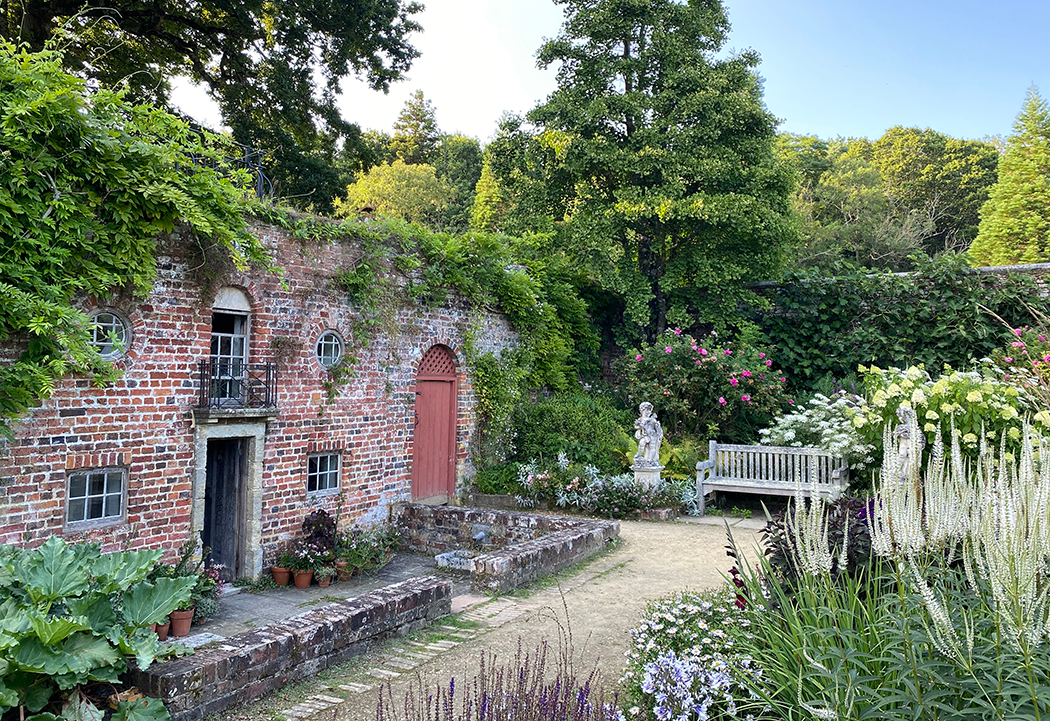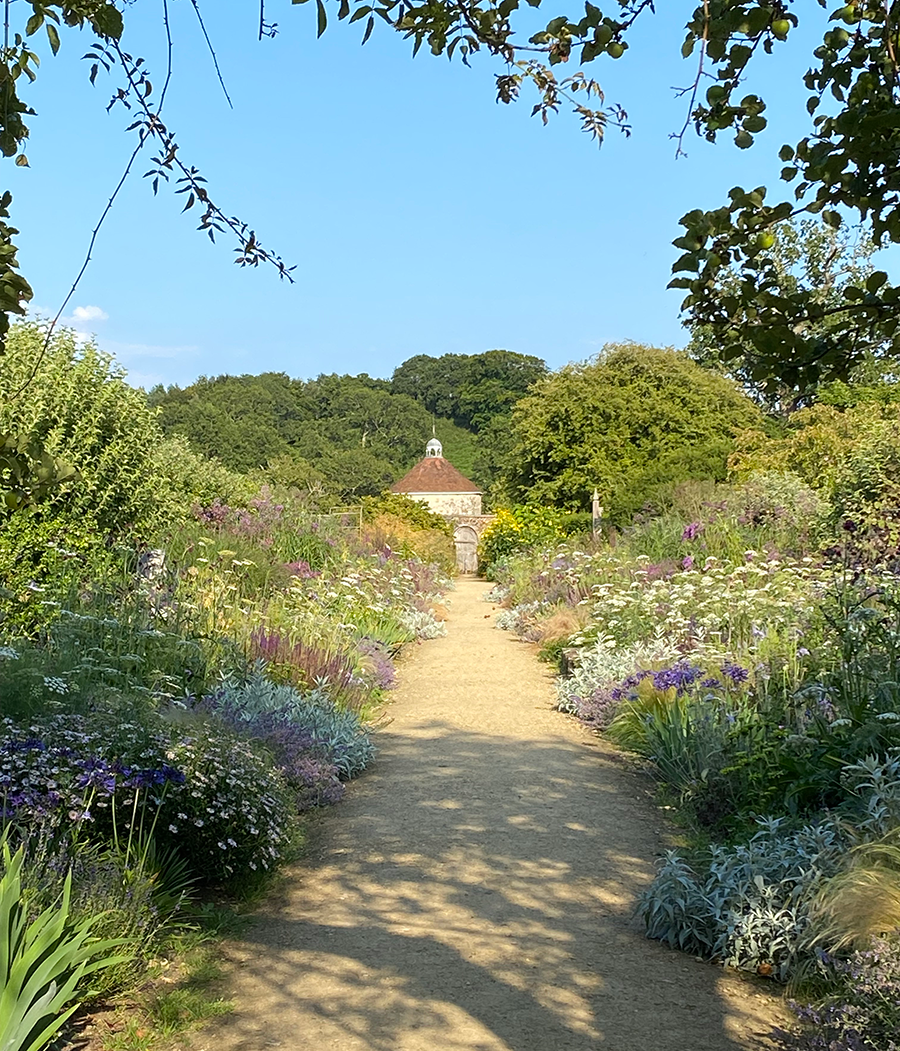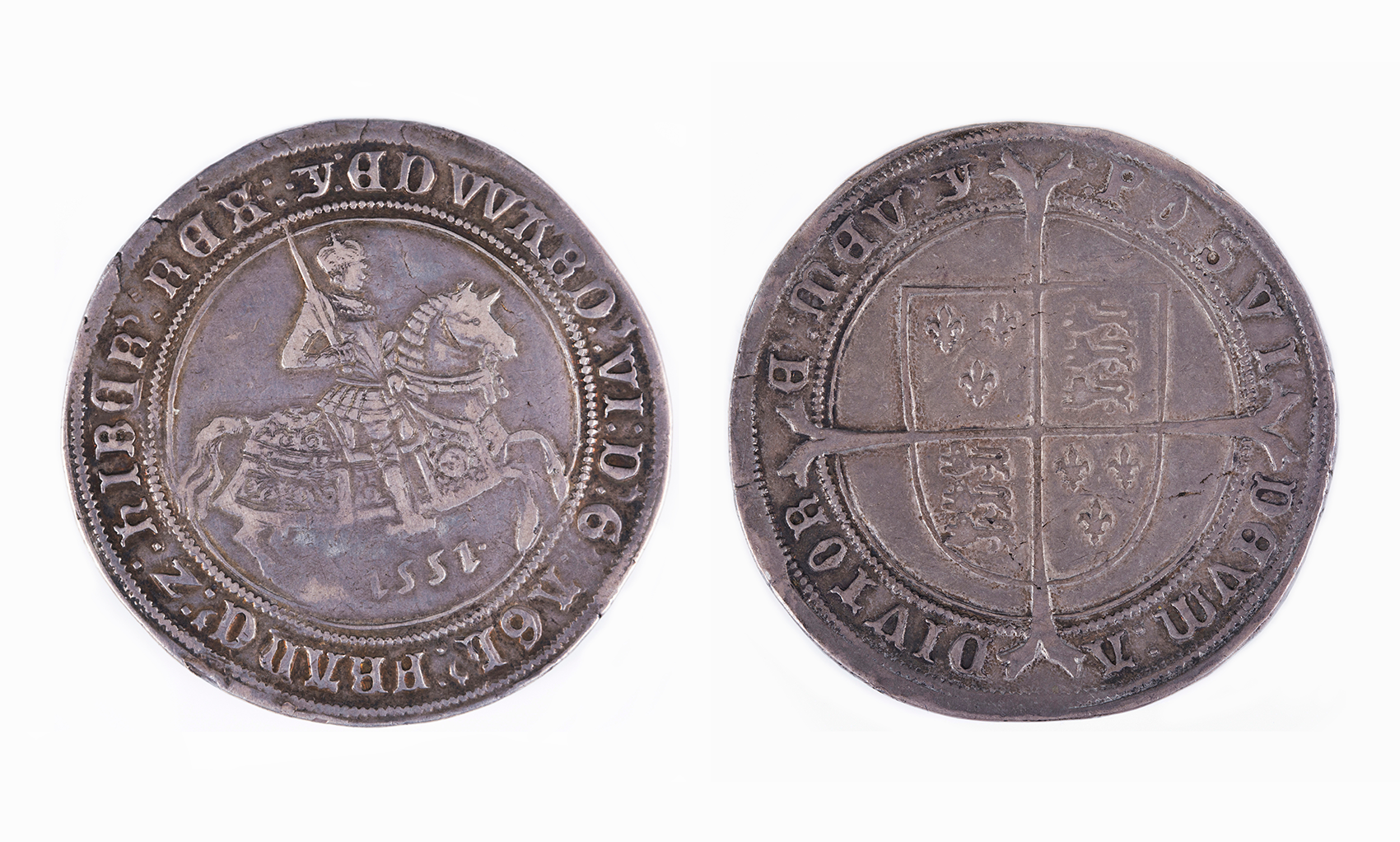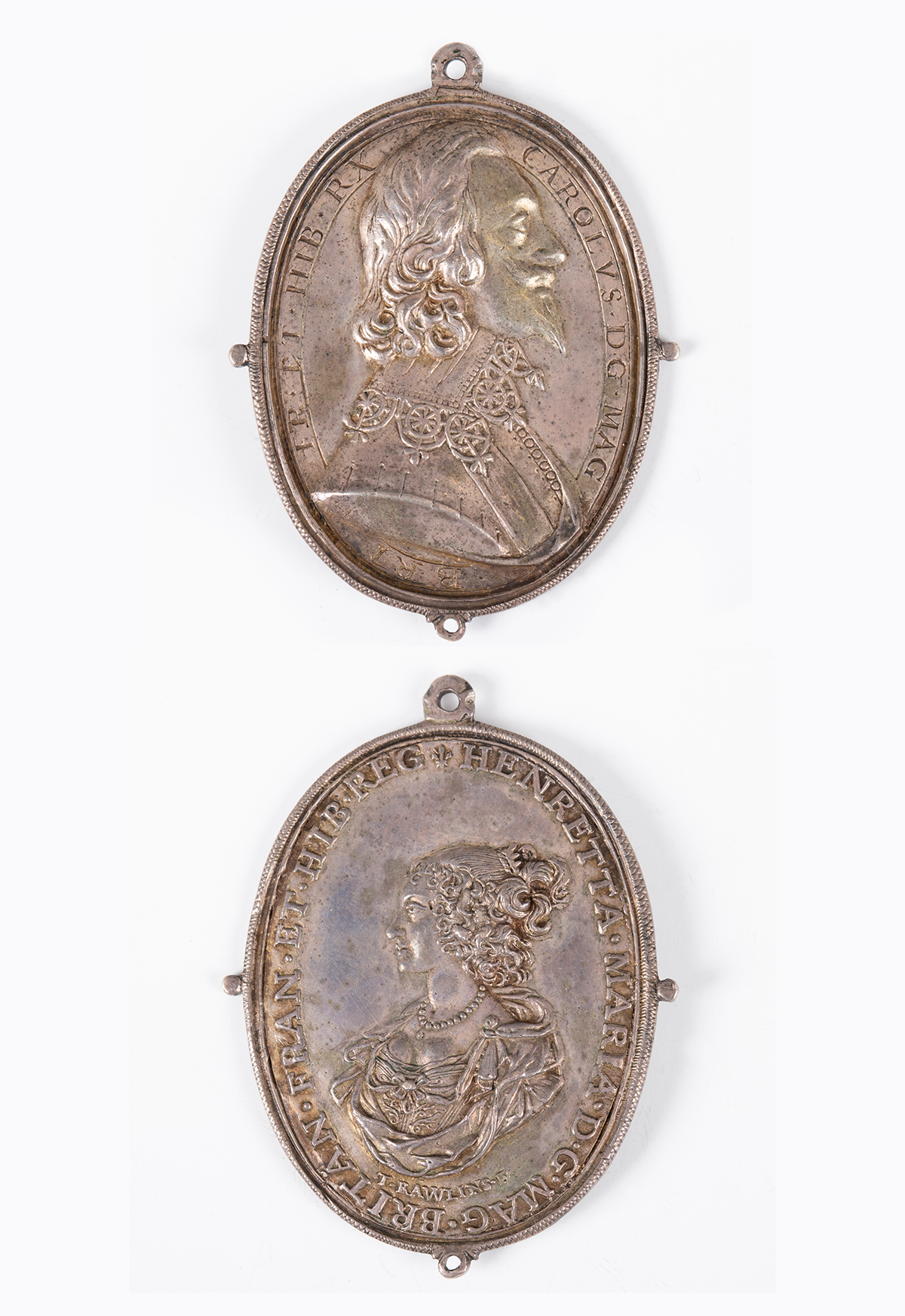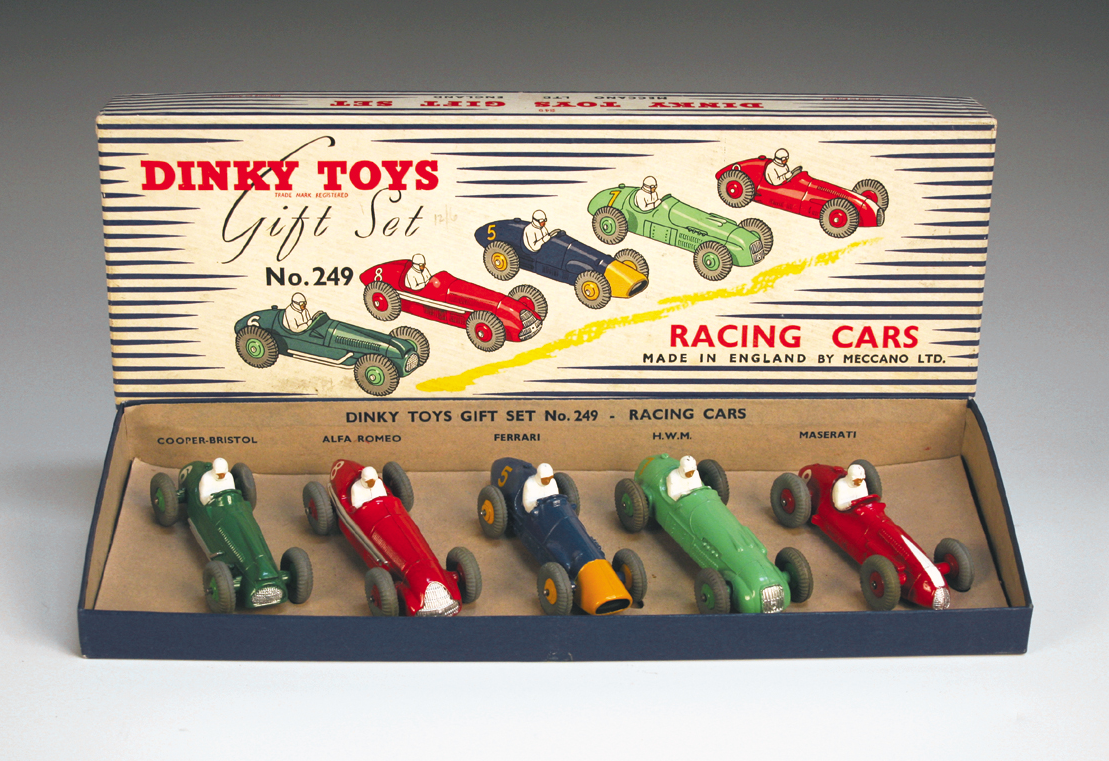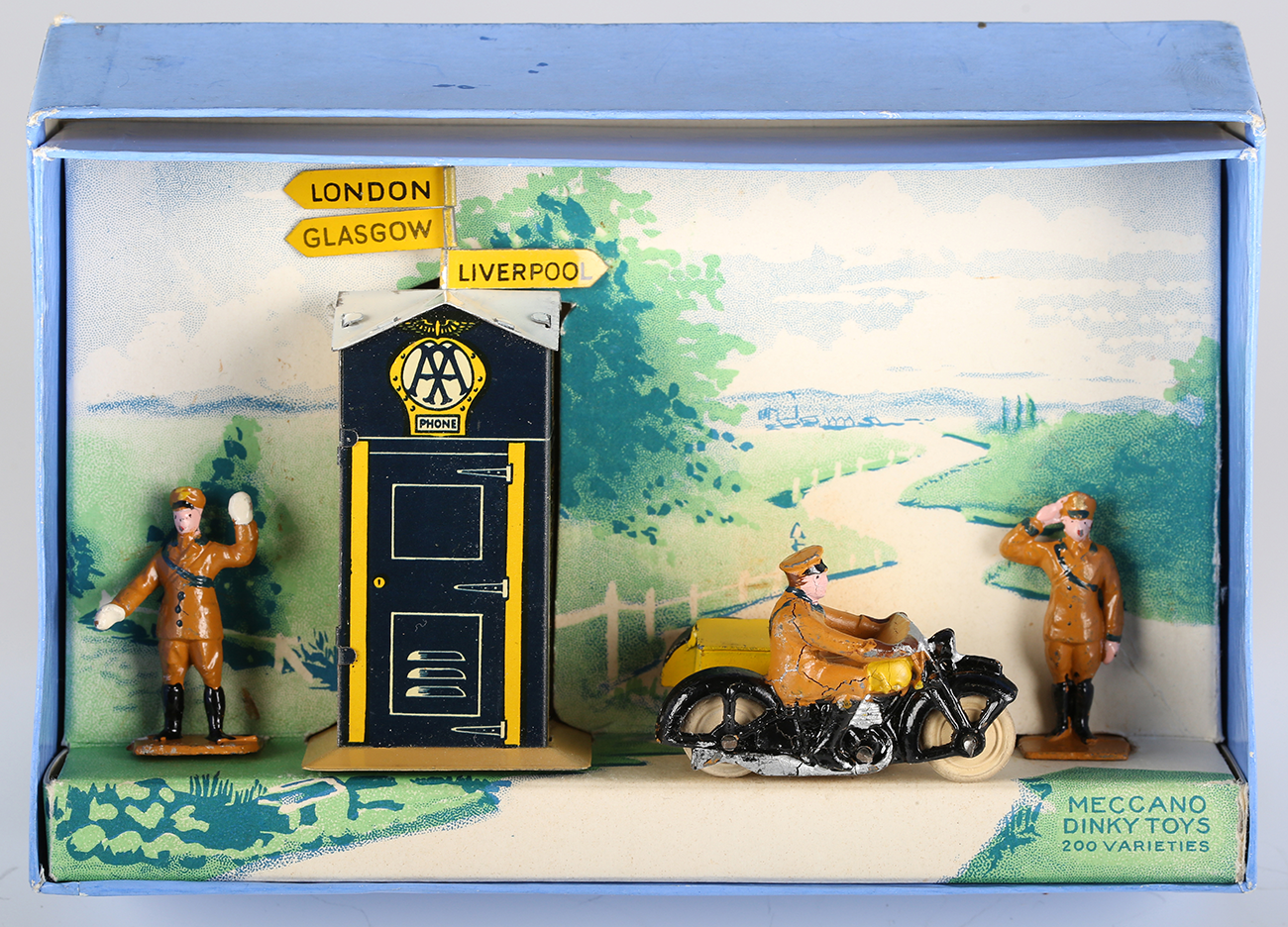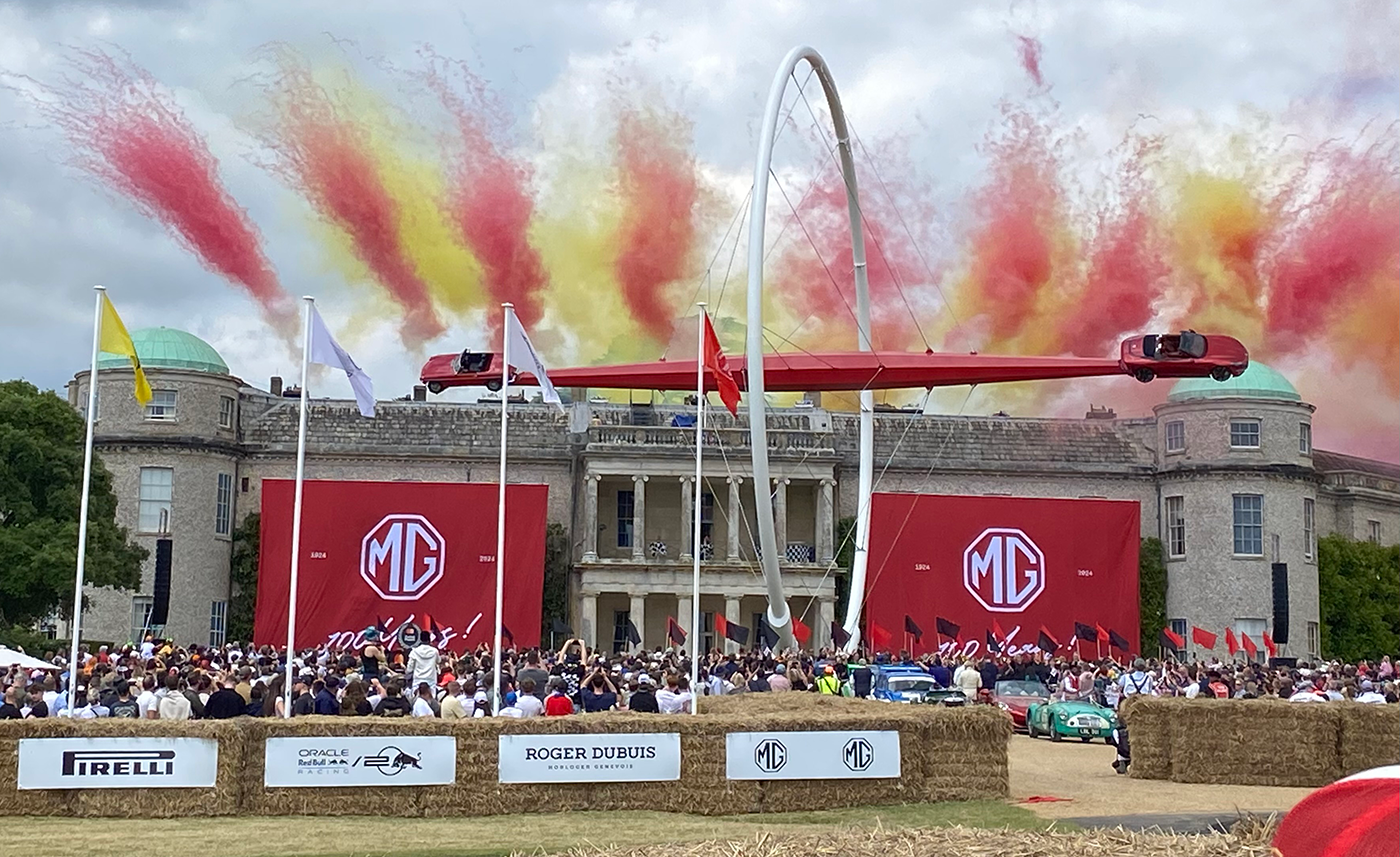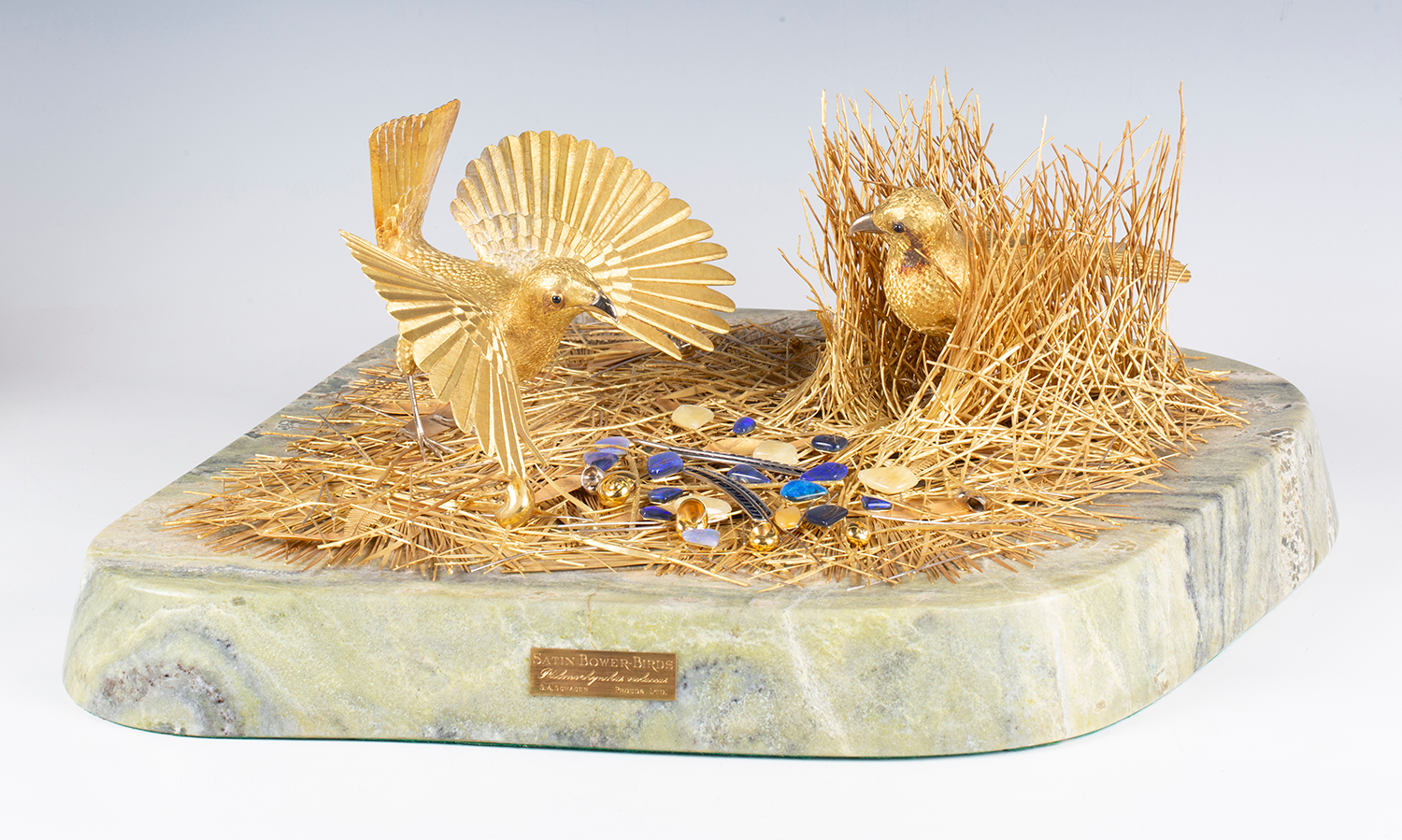
Toovey’s have just sold two Australian gold sculptures of two Satin Bowerbirds and a Koala for £238,500 in their August specialist objects of virtue sale.
These finely modelled sculptures were entered by a Sussex based private collector. He had inherited them from his late father, a proud Australian, who purchased them new in the1960s. Art has the power to unite us with our roots, heritage and home. Over the millennia silver and gold have been used to create the finest objects of virtue. I am often asked what an Object of Virtue is. The term comes from the French Objets de vertu and describes pieces made in gold, silver, enamel, bronze, ormolu, glass, porcelain, semi-precious stones, etc which are valued for their artistic virtuosity.
There was virtuosity in the impressive mid-20th century Australian varicoloured gold figure group, titled ‘Satin Bowerbirds Ptilonorhynchus violaceus’ by S.A. Schagen which was very finely modelled. The detail and composition was superb. The sculpture measured 52cm wide and made £200,000. It depicted a courtship display between a male dancing with wings outspread, and a female bird standing in her nest or bower made of a bed of sticks. The scene was given life with a scattering of shells, opals and agates, and two platinum and sapphire feathers. The Satin Bowerbird is a native of the forest habitats of Australia’s East Coast and New Guinea. Mature males have violet-blue eyes and are uniformly black in colour whereas the female birds are a distinctive green-brown.
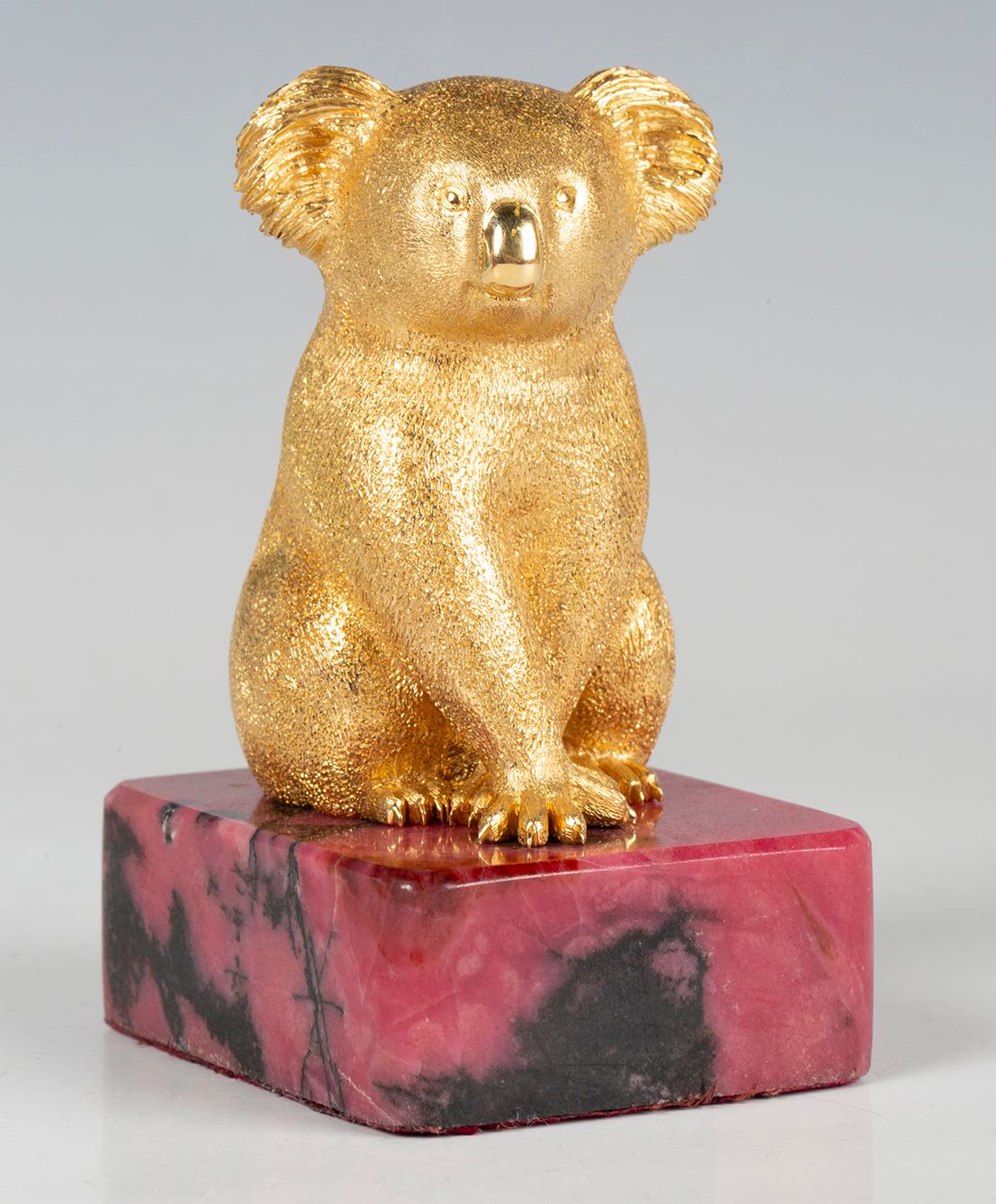
The emblematic Koala, a herbivorous marsupial, lives in the coastal regions of southern and eastern Australia. Although often called Koala Bears they are actually closely related to Kangaroos and other marsupials with pouches to nurture their young. Remarkably they feed on poisonous eucalyptus leaves. The endearing sculpture of a seated Koala was also beautifully detailed. With his typical fluffy ears he had a slightly surprised look on his face. Measuring just 10cm high he realised £38,500.
Australia was cut off from the rest of the world for some 30 million years which allowed so many unique species to evolve, species which speak into Australia’s identity like these sculptures.
Toovey’s specialist, William Rowsell, is delighted with the results for these sculptures. He is already looking forward to his autumn Objects of Virtue sale and inviting entries.
